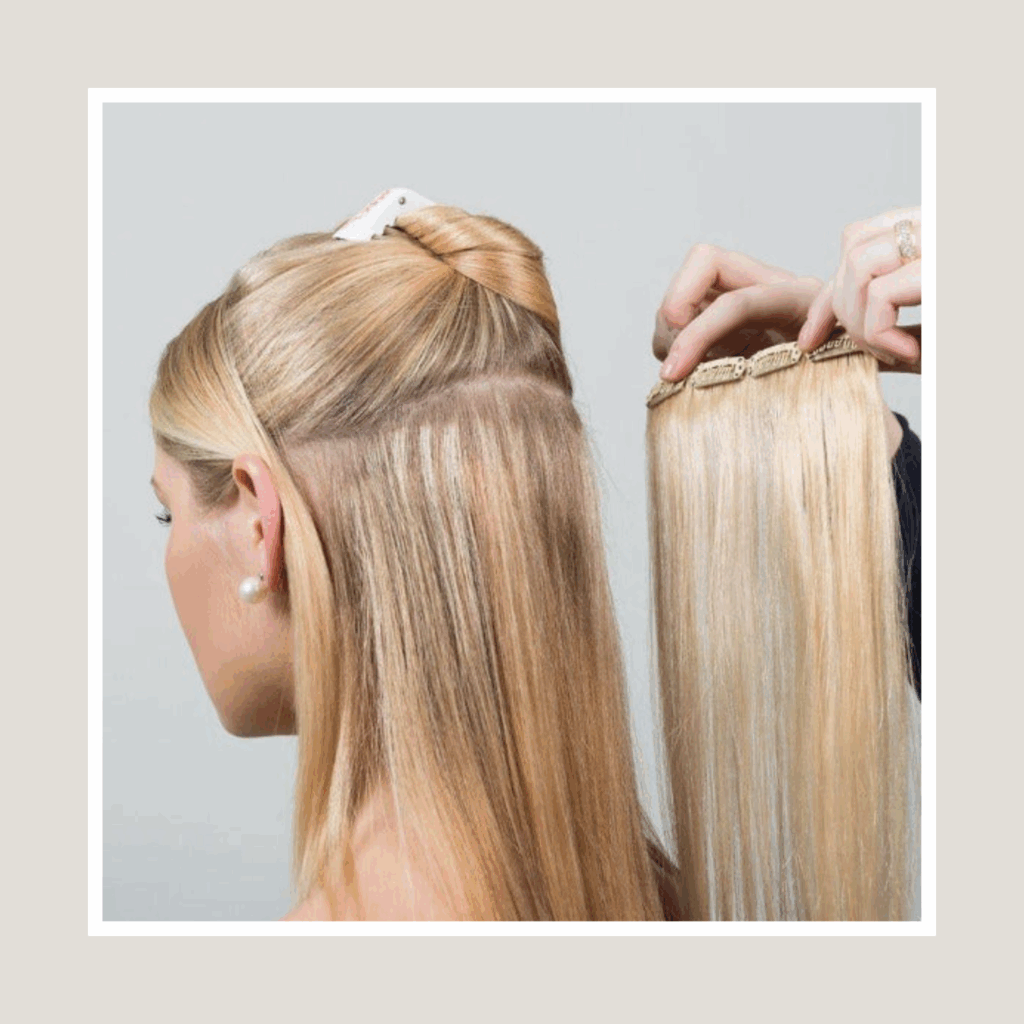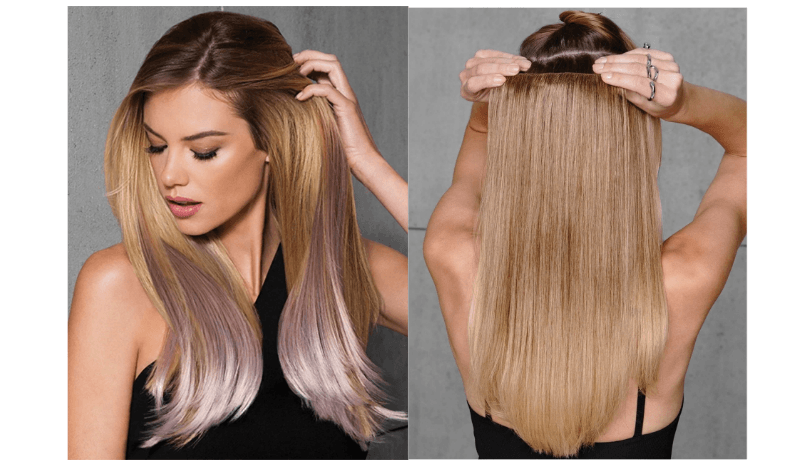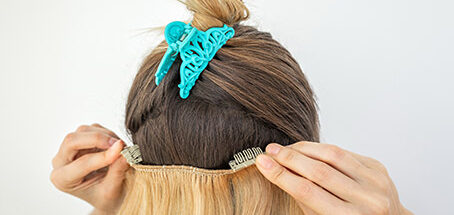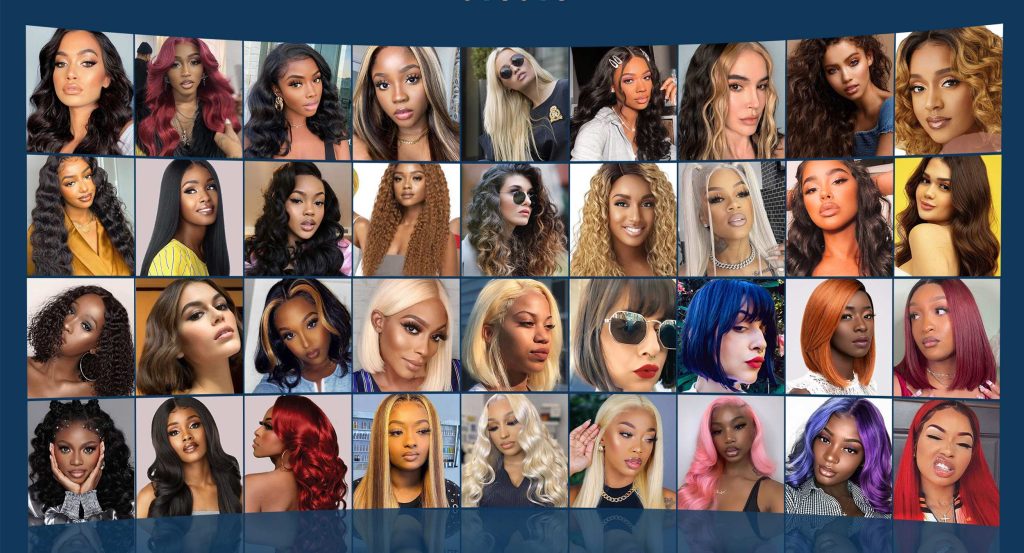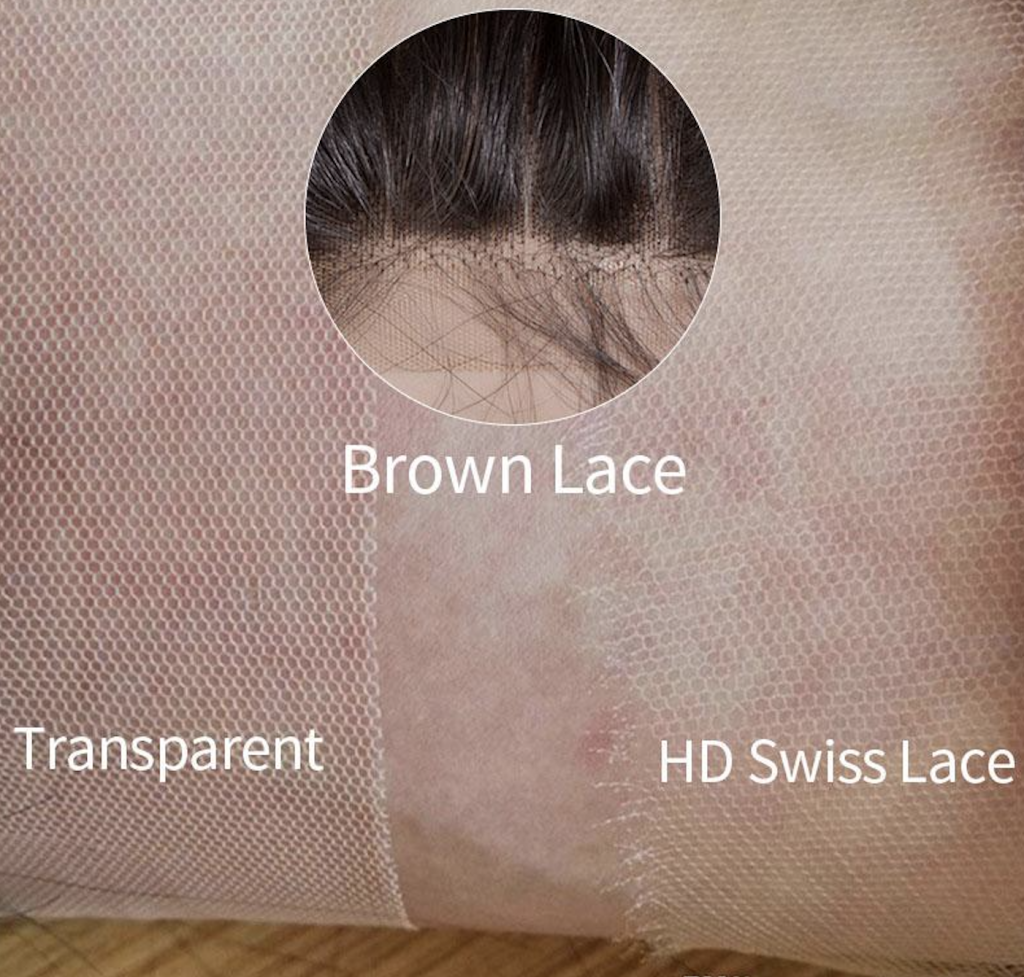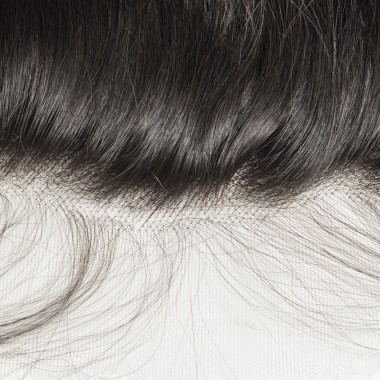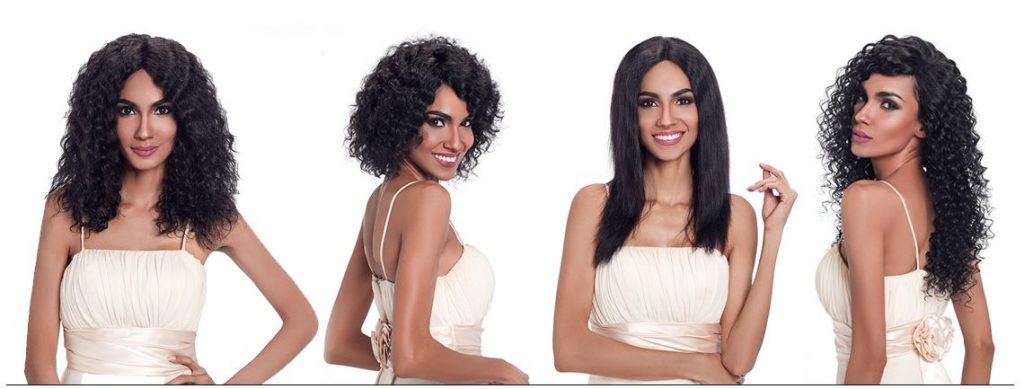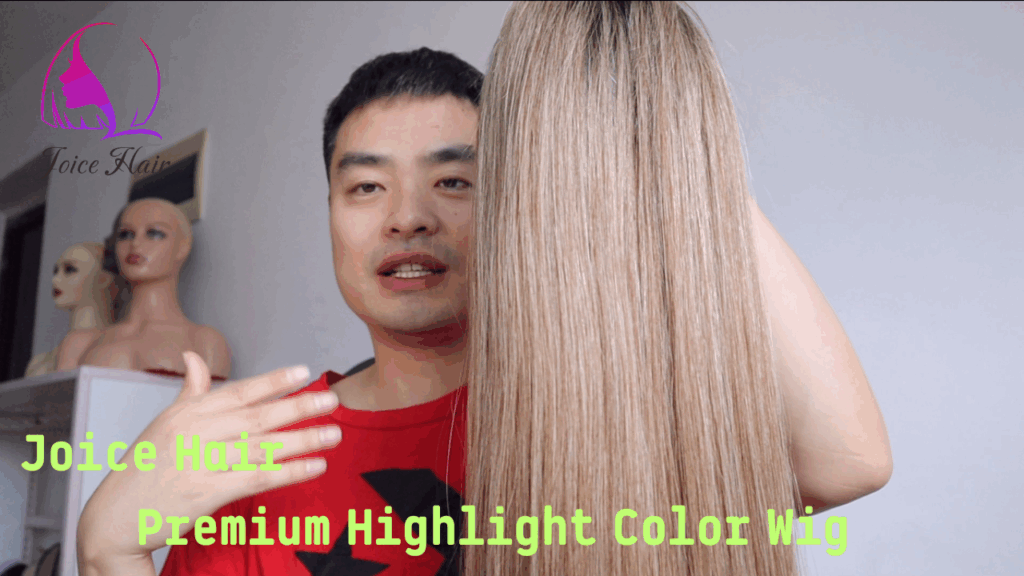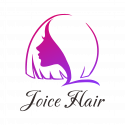One of the most significant decisions when choosing clip-in hair extensions is using human hair or synthetic fibers. Each type has advantages, depending on your styling needs, budget, and lifestyle. Human hair extensions offer a natural look and greater versatility, while synthetic options are more affordable and require less maintenance.
But which one is truly better for you? In this article, we’ll break down the key differences so you can make the best choice for your hair goals and everyday beauty routine.
What Are Clip-In Hair Extensions?
Clip-in hair extensions are temporary, easy-to-use pieces that add instant length, volume, or color to your natural hair. They come in wefts with small, pressure-sensitive clips attached, allowing you to secure them directly onto your hair without glue, tape, or professional help. Ideal for beginners, clip-ins can be applied and removed within minutes, making them perfect for everyday styling or special occasions.
Available in various textures, lengths, and shades, clip-ins blend seamlessly with your real hair when matched correctly. They offer a non-damaging way to transform your look without long-term commitment or salon visits.
Key Differences Between Human Hair and Synthetic Extensions
Understanding the differences between human hair and synthetic clip-in extensions can help you choose the right option for your lifestyle and styling goals.
1. Hair Source and Texture
Human hair extensions are often ethically sourced from 100% real human hair. They offer a natural look and feel that blends seamlessly with your hair. Synthetic extensions, made from materials like acrylic or nylon, have improved in quality but can still look overly shiny or stiff compared to real hair.
2. Styling Versatility
Human hair extensions can be heat-styled, curled, straightened, dyed, or washed like your own hair. Most synthetic extensions can’t handle dye, and heat-resistant options are available, limiting your styling freedom.
3. Longevity and Durability
Human hair extensions last 6 to 12 months with proper care, while synthetic ones usually last 1 to 3 months, depending on use and maintenance.
4. Feel and Appearance
Human hair feels soft, natural, and lightweight, reacting to humidity and styling like your own hair. Synthetic hair may look perfect at first, but it often becomes tangled or stiff, lacking the natural movement of real hair.
Human hair extensions offer more versatility, realism, and durability, while synthetic extensions are affordable and low-maintenance, making each suitable for different needs.
Are Human Hair Clip-In Extensions Better Than Synthetic Ones?
Human hair clip-in extensions are generally better than synthetic ones due to their natural look, feel, and flexibility. They blend seamlessly with real hair, can be curled, straightened, dyed, and washed—just like your own hair. This makes them ideal for everyday wear or special events where you want versatility and realism. However, they require more care and come at a higher price point.
While more affordable and low-maintenance, synthetic extensions offer limited styling options and a shorter lifespan, the choice ultimately depends on your needs: go for human hair if you want durability and styling freedom, or synthetic if you prefer a budget-friendly, hassle-free option for occasional use.
Pros and Cons of Human Hair Clip-In Extensions
Pros:
- Natural Look and Feel: Human hair clip-ins are made from 100% real hair, giving them a soft, natural texture that blends seamlessly with your hair. They move and react to weather and styling the same way as natural hair, making them virtually undetectable when worn correctly.
- Styling Versatility: These extensions can be curled, straightened, colored, and even washed, just like your real hair. Thus, you can change your hairstyle frequently without any limitations.
- Long-Lasting: With proper care, human hair clip-ins can last 6 to 12 months or even longer, offering long-term value for your investment.
- Comfortable and Lightweight: When appropriately applied, they feel comfortable to wear and don’t put excessive pressure on your scalp.
Cons:
- Higher Cost: One of the most significant downsides is the price. Due to their quality and durability, human hair extensions are significantly more expensive than synthetic options.
- Maintenance Required: Just like natural hair, they require regular washing, conditioning, and styling to keep them looking their best. This adds time and effort to your routine.
- Heat and Color Damage: While they can be styled with hot tools and hair dye, excessive use can lead to dryness, split ends, or breakage—just like your own hair.
- Availability and Sourcing: High-quality human hair can sometimes be hard to find or ethically source, making research and product selection important.
Human hair clip-ins are ideal for premium quality, long-lasting wear, and full styling freedom.
Pros and Cons of Synthetic Clip-In Extensions

Pros:
- Affordable: Synthetic clip-in extensions are significantly more budget-friendly than human hair, making them ideal for first-time users or occasional styling needs.
- Low Maintenance: These extensions hold their style well—curled or straight—without much upkeep. Once styled during manufacturing, they maintain their look even after washing.
- Wide Variety: Available in many colors and textures, synthetic clip-ins allow you to experiment with bold styles and shades without long-term commitment.
- Great for Special Occasions: Ideal for one-time events or occasional glam looks where styling flexibility isn’t a priority:
- Limited Styling Options: Most synthetic hair cannot be curled, straightened, or dyed, unless it’s heat-resistant, even at low temperatures.
- Shorter Lifespan: Synthetic clip-ins typically last 1 to 3 months with regular use, especially if worn daily or styled roughly.
- Less Natural Look and Feel: Some synthetic fibers appear overly shiny or feel stiff, making them easier to detect compared to natural hair.
- Tangling and Frizz: Synthetic hair is more prone to tangling and can become frizzy over time, especially with frequent brushing or environmental exposure.
In short, synthetic clip-ins offer convenience and affordability, but with limitations in styling and longevity.
Which One Is Better for You?
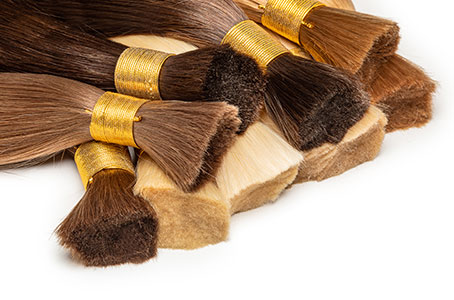
Choosing between human hair and synthetic clip-in extensions depends on your lifestyle, styling habits, and budget. Human hair clip-ins are perfect for a natural look, frequent heat styling, or regular use. They’re long-lasting, with proper care, and an excellent long-term investment.
Synthetic clip-ins are great for occasional wear, quick styling, or budget-friendly options. They’re maintenance pre-styled but can’t have any color treatments.
If you love changing your look and want complete styling control, go for human hair. Synthetic hair is better for something simple, affordable, and temporary. Consider how often you’ll use them and what works best for your needs.
Tips for Choosing the Right Clip-In Extensions
- Match the extensions to your natural or dyed hair color for a seamless blend; darker shades are a safer choice if you’re you’re.
- Choose the right length:
- Shorter extensions add subtle volume.
- Longer extensions create dramatic changes but require more maintenance.
- Consider your height and personal style when selecting lengths between 12 and 24 inches.
- Pay attention to the weight:
- Heavier extensions offer more volume but may feel bulky.
- Lighter extensions are more comfortable for all-day wear.
- Prioritize quality:
- Opt for durable extensions with minimal shedding and strong clips.
- Both high-quality synthetic and human hair extensions provide a polished, long-lasting finish.
FAQs
Why should I choose human hair extensions vs synthetic?
Human hair clip-in extensions—especially Remy hair extensions—are made from real hair fibers with the outermost layer intact, meaning they align in the same direction for a tangle-free finish and natural blend. In contrast, synthetic hair extensions are made of artificial materials and often have an unnatural shine, making them look noticeably fake when worn daily.
Can synthetic hair extensions handle heat tools?
Most synthetic fibres cannot withstand higher temperatures, so using a curling iron, hot rollers, or a blow-dry session can melt or damage them. You must always use heat protection with natural hair extensions, which can handle styling better and last longer with gentle washing.
Are human hair extensions worth the cost?
While it may seem costlier to choose human hair extensions, their cost-effectiveness comes from their durability. Remy hair can be dyed to your natural hair color, reused, and styled repeatedly, giving your everyday look new life without constant replacement, like when you buy synthetic hair extensions.
Conclusion
Human hair clip-in extensions offer a more natural look, greater styling versatility, and longer lifespan than synthetic ones. They can be heat-styled, dyed, and maintained like your own hair, making them ideal for regular use and varied looks.
However, they come at a higher price and require more care. Synthetic clip-ins are budget-friendly, low-maintenance, and perfect for occasional wear or bold colors, but they lack human hair’s natural feel and styling flexibility. Ultimately, the best choice depends on your lifestyle, budget, and how often you plan to wear and style your extensions.
